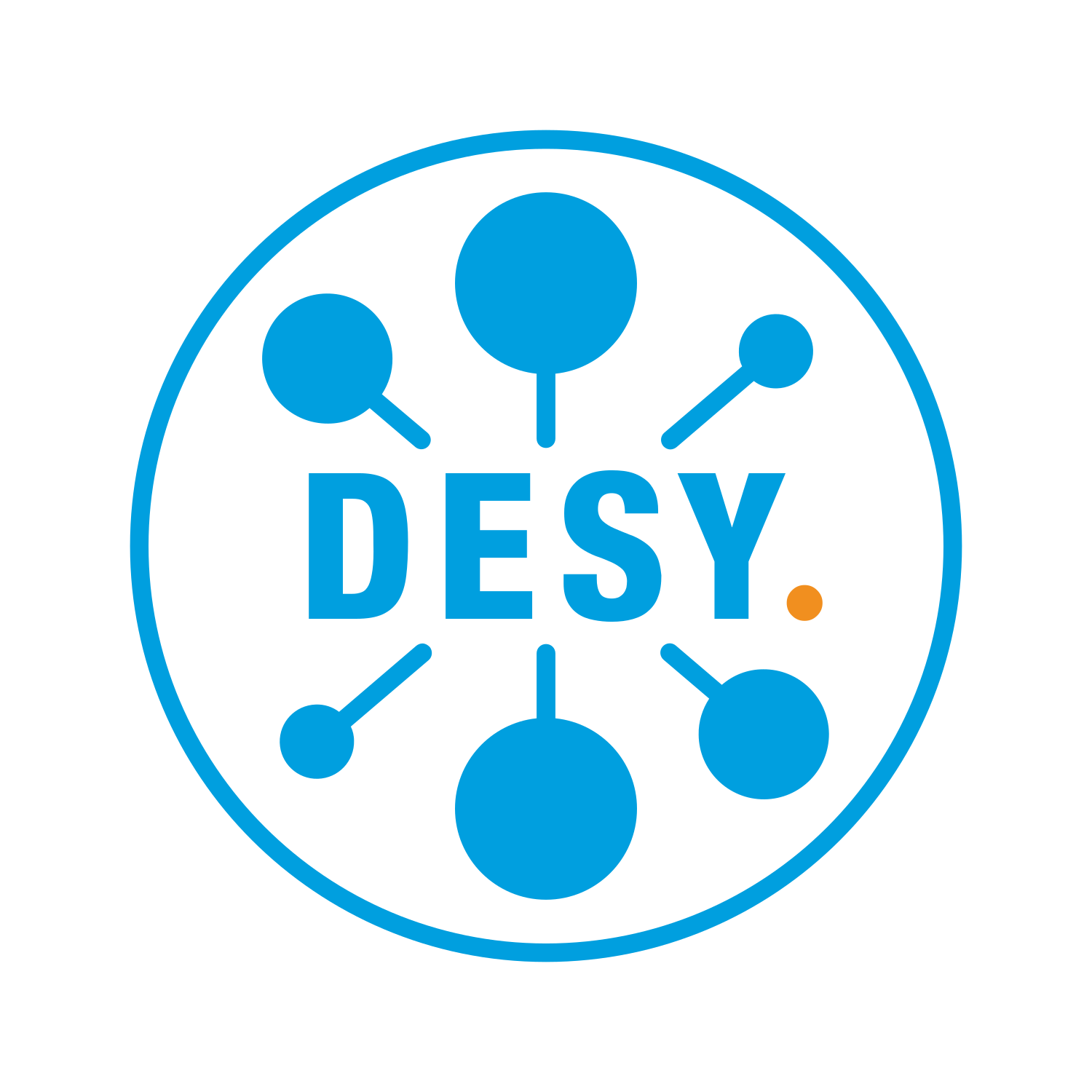Image Registration Workshop

Helmholtz Imaging
Helmholtz Imaging is here for you with support units at 3 centers




What is Image Registration?

Spatial alignment of two or more images.
- It’s an essential step for comparing or integrating data in many scientific fields.
Common needs in research
Multimodal:

Stitching:

Stack:

Viewpoint:

Temporal:

Microscopy: Aligning slices in a 3D stack, channels, runs, time points, tiles (stitching), and modalities.
Medical Imaging: Viewpoints, stacks, normalization to an atlas, co-registering images from different modalities (e.g., MRI, CT).
Earth Science: Georeferencing, integration from different sensors, aligning satellite images for change detection.
Material Science: Comparing material properties under varying conditions.
Image Registration Aim


Image Transformation Types


Image Interpolation - Reason
- When we transform an image, we need to estimate pixel values at the new coordinates.
- If for example, you transform an image by up-scaling it:

- Interpolation is the process of estimating pixel values from non-integer coordinates.
Image Interpolation - Common Types


Image by Cmglee, license: CC BY-SA 4.0
Link to interpolation weights and examples notebook: example_notebooks/3_interpolation.ipynb
Image Interpolation Example


Image Interpolation - Anti-Aliasing in Down-Sampling

- When down-sampling an image, aliasing artifacts can occur, thus applying anti-alising filters can help to reduce these artifacts.
- But, anti-aliasing filters can also blur the image, so it’s a trade-off between sharpness and aliasing artifacts.
Image Registration Techniques - Categories
Integrated Methods:
One process to find similarity measurement and estimate the transformation.
Two-Step Methods:
A process into two distinct steps:
1. feature detection/matching
2. transformation estimation/application
Deep Learning-Based Methods:
Utilize neural networks to learn complex patterns for registration tasks.
Integrated Image Registration Techniques
- Intensity-Based Registration
- Iterative process that optimizes aligned pixel intensity similarities (e.g. correlation coefficient or MSE).
- Mutual Information-Based Registration
- Iteratively aligns multimodal images by maximizing the statistical relationship between them.
- Frequency Domain Methods
- Transforms images into the Fourier space to compute alignment transformations.
Technique: Intensity Based (Correlation Coefficient)




Technique: Mutual Information



- Looking at the equation, the more structure we have in the joint histogram, the lower its entropy, and thus the mutual information is higher.
ITK / ITKElastix - Common tool
- Elastix / ITKElastix is a powerful open-source tool for intensity-based image registration, widely used in medical imaging and other fields.
- It provides a flexible framework for various registration tasks, supporting multiple transformation models and similarity metrics.
- ITKElastix has a Python interface. ITK + Elastix are C++ native.
- ITKElastix toy example: example_notebooks/6_itkelastix_toy_tutorial.ipynb
- ANTs is another popular tool (ITK based) for intensity-based registration, known for its advanced algorithms and versatility in handling different image modalities.
- It’s especially useful for 3D and elastic deformation registration tasks.
- Originally developed for neuroimaging applications but applicable to other domains as well.
- Python / R / command line interface.
2 Step Techniques - Feature Detection & Transformation
two main steps:
- Detecting and matching similarities: identifying corresponding regions or features
- Feature-Based Registration (SIFT, SURT, ORB, BRISK, FAST)
- Segmentation-Based Registration
- Model Fitting
- Graph-Based Methods
- Estimating and applying transformations: Finding and applying the optimal transformation
Technique: Feature-Based Registration (SIFT)
- Detecting Similarities:
- Feature Detection: Detect keypoints and their descriptors (e.g. using SIFT)
- Feature Matching: Match features between images to select keypoints to use.
- Estimating and Applying Transformations: one image is transformed in space to match the other
- Transformation Estimation: Compute transformation matrix (e.g. affine) using matched keypoints.
- Warping: Apply transformation to align images.

Technique: Model Based (Pose Estimation)
- Predefined Feature Detection: e.g. pose estimation.
- Manual selection of features
- Annotation of training data
- Deep learning landmark detection
- Model selection
- training
- prediction of landmark locations on all images of the dataset
- Estimating and Applying Transformations using the detected landmarks.


Deep Learning Based Image Registration
- unlike some other vision tasks, deep learning has not completely supplanted classical methods for registration.
- However, deep learning based methods can learn complex patterns and deformations, making them suitable for challenging registration tasks and shine in speed and in leveraging training data.
VoxelMorph

- Uses CNNs to learn spatial transformations between images (2D/3D)
- Image similarity loss + smooth transformation regularization
- Unsupervised. semi-supervised training with anatomical labels
- Training (unsupervised) is still needed - so dataset can’t be small
- Offers both affine and elastic registration
- Very fast with good interpretability
- Expected user level is intermediate
Challenges & Considerations
- Method Selection:
- Match image type (e.g., multimodal) to appropriate method
- Transformation Type:
- Fit transformation to deformation (e.g., rigid vs. non-rigid)
- Preprocessing:
- Denoising, intensity correction, rescaling, applying filters
- In hard cases - Use extrinsic information (e.g., physical landmarks)

- Image source - Erik Meijering: https://www.youtube.com/watch?v=ecu8kreTwYM
Image Registration Guideline

Summary of Software Tools for Image Registration
- Fiji/ImageJ
- Popular plugins: Feature Extraction, Warpy (QPath), TrakEM2, Register Virtual Stack Slices
- Python Libraries
- OpenCV (C++), scikit-image
- ITKElastix (C++) is a powerful open-source tool (standalone or as a python package) for intensity-based registration.
- ANTs Advanced normalization tools (C++) for intensity-based registration - great for local deformations and 3D.
- VoxelMorph Deep Learning based image registration framework (Python, TensorFlow/Pytorch).
- DeepLabCut Open-source deep learning based pose estimation and model based feature detection (and tracking).
- VoltRon: R package that includes an interactive GUI for image registration.
https://bioinformatics.mdc-berlin.de/VoltRon/index.html - SIFT based image registration Python package:
https://gitlab.com/ida-mdc/image-registration-tool
Thank You!
Thanks for participating. Please feel free to reach out with any questions.


Contact: ella.bahry@mdc-berlin.de support@helmholtz-imaging.de
Workshop available on: github.com/ida-mdc/registration-workshop
License: CC BY 4.0
Thanks to the HIDA team for offering this workshop!
https://www.helmholtz-hida.de/en/
Thanks to Deborah Schmidt for the template!